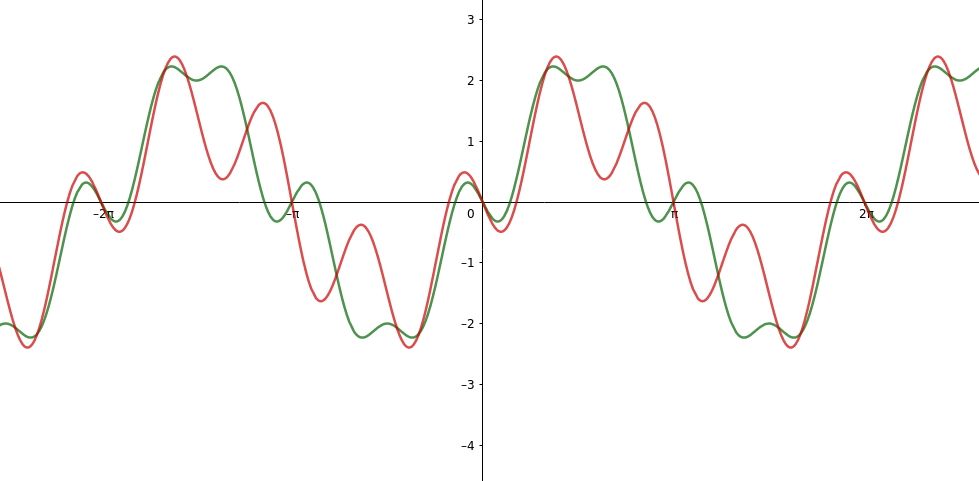It seems that there’s a giant push towards truly unique means of improving the field of medicine for researchers nowadays; some research teams are looking into mimicking animal slime technology to heal tendons, while others look into placing tech directly onto bones that need healing.
Now, we’ve got cooperation between researchers from Linköping University (LU) and Okayama University (OU), who produced a potential new method to heal broken bones that at first glance teeters on the edge of science fiction: using so-called “electroactive microbots” to heal fractures. Their novel research was published in the journal Advanced Materials.
Well, it’s not necessarily “robots” per se; instead, their innovative approach to bone injuries take the form of an alginate hydrogel, with one side covered in an electroactive polymer called polypyrrole (PPy) and the other in a material that the research team-up calls the easy-on-the-tongue cell-derived plasma membrane nanofragments (PMNFs), according to New Atlas.
To be precise, PPy changes its volume once a low voltage is applied to it; this causes the alginate hydrogel strip to bend to one side or the other. What makes the study viable for bone injury is the interaction between the hydrogel and the PMNFs on the other side of the strip: once the strip is immersed into a cell culture medium, the PMNFs, cause the alginate hydrogel to “[mineralize] and harden like bone,” according to an LU press release.
Ideally, a controlled application of PPy onto the hydrogel allows it to wriggle its way into complicated-shaped bone fracture sites and expand to fill needed volume, while the PMNF-alginate reaction initiates mineralization that can serve as an anchor point for new bone to form, thus allowing for fracture healing.
“[The] material is soft and flexible, and it is then locked into place when it hardens. This material could be used in, for example, complicated bone fractures. It could also be used in microrobots – these soft microrobots could be injected into the body through a thin syringe, and then they would unfold and develop their own rigid bones,” said lead author and LU Department of Physics, Chemistry, and Biology associate professor Edwin Jager while noting the injectable nature of the potential future treatment method.
Jager continued: “By controlling how the material turns, we can make the microrobot move in different ways, and also affect how the material unfurls in broken bones. We can embed these movements into the material’s structure, making complex [programs] for steering these robots unnecessary.”
Jager mentioned that he got the idea during a research visit to Japan, where he met bone researchers Hiroshi Kamioka and Emilio Hara. The Japanese research team actually discovered PMNFs earlier on, with Jager thinking of how to combine them with his own team’s materials science research. (Hara’s earlier paper was published in the Journal of Materials Chemistry B; they also served as co-author of this paper.)
The team is now working on improving the novel technology’s biocompatibility with living cells through further experimentation and testing.
References
- Cao, D., Martinez, J. G., Hara, E. S., & Jager, E. W. H. (n.d.). Biohybrid variable-stiffness soft actuators that self-create bone. Advanced Materials, n/a(n/a), 2107345. https://doi.org/10.1002/adma.202107345
- Coxworth, B. (2022, January 17). Injectable electroactive ‘microbots’ may one day heal broken bones. New Atlas. https://newatlas.com/medical/electroactive-microbots-heal-broken-bones/
- Hara, E. S., Okada, M., Kuboki, T., Nakano, T., & Matsumoto, T. (2018). Rapid bioinspired mineralization using cell membrane nanofragments and alkaline milieu. Journal of Materials Chemistry B, 6(38), 6153–6161. https://doi.org/10.1039/C8TB01544A
- Leifler, K. S. (2022, January 17). Bone growth inspired “microrobots” that create their own bone. Linköping University. https://liu.se/en/news-item/benbildning-inspirerade-till-mikrorobotar











